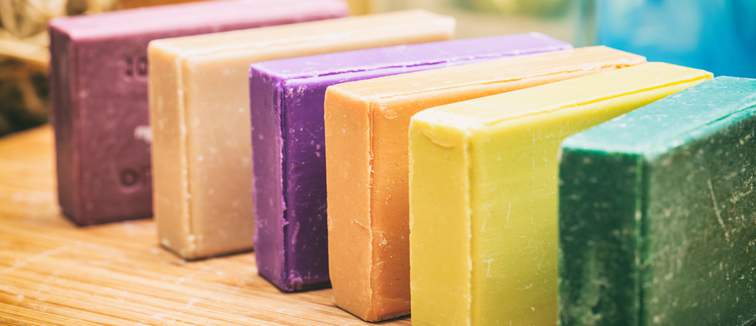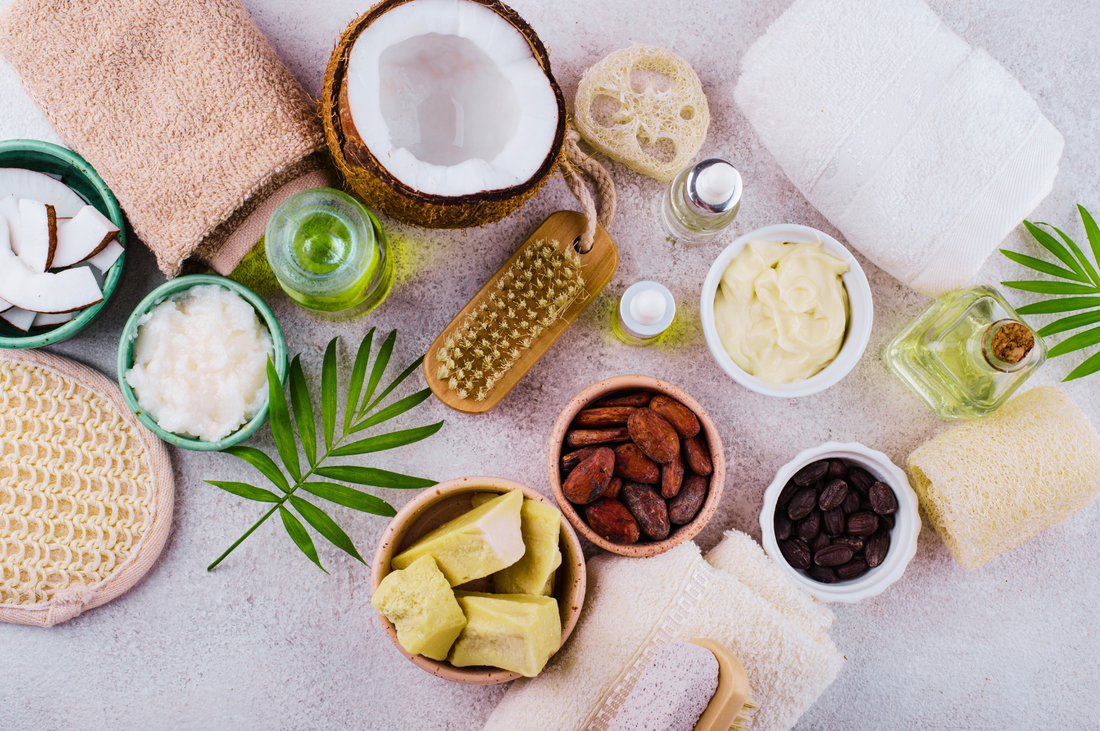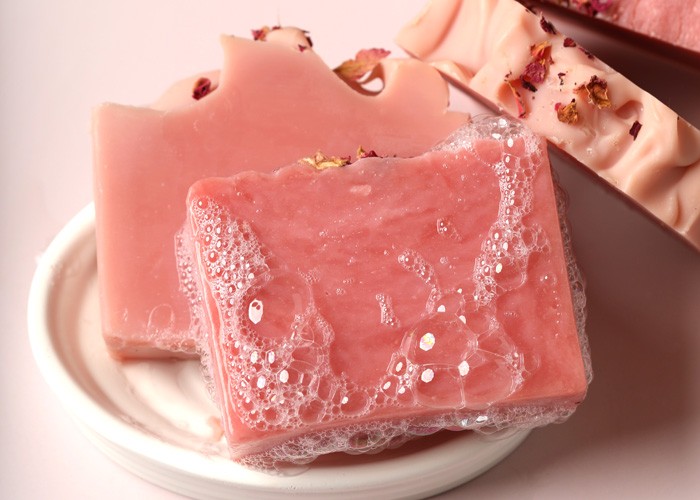The Art of Soap Making: Crafting Handmade Cleansing Bars
In today's fast-paced world, where everything seems mass-produced and standardized, there's a growing appreciation for the handmade, the bespoke, and the personalized. One such craft that has seen a resurgence in popularity is the age-old art of soap making. Beyond its practicality as a cleansing agent, soap making is an art form in itself—a delicate balance of science and creativity that yields not just bars of soap, but experiences imbued with care and craftsmanship.
What is Soap Making?
At its core, soap-making is the process of creating soap from fats or oils, mixed with an alkaline solution, usually lye (sodium hydroxide) or a caustic soda solution. This chemical reaction, known as saponification, transforms these basic ingredients into soap and glycerin. The result is a solid cleansing bar that can vary widely in texture, scent, colour, and properties depending on the ingredients and techniques used.
The Essence of Soap Making
Soap-making embodies a blend of science and artistry. On one hand, it requires precise measurements and an understanding of chemical reactions—too much lye, and the soap can be harsh; too little, and it might not solidify properly. On the other hand, soap-making allows for endless creativity. Artisans can experiment with different oils (like olive, coconut, or shea butter), essential oils for fragrance, and natural additives such as herbs, clays, or exfoliants to create unique blends tailored to specific skin types or desired effects.
Key Aspects of Soap Making
1. Ingredients:
The choice of oils and fats determines the soap's properties—hardness, lather, moisturizing ability, etc. Each ingredient contributes uniquely to the final product.
2. Techniques:
From the cold process (mixing at low temperatures to preserve ingredients) to the hot process (applying heat to speed up saponification), various techniques influence the soap's texture and appearance.
3. Design and Aesthetics:
Soap makers often incorporate swirls, layers, and intricate patterns using different moulds, colours, and textures, turning each bar into a small work of art.
4. Sustainability:
Many soap makers emphasize sustainability by sourcing local ingredients, using organic materials, and minimizing waste in their production process.
Relevance Today
In a world increasingly aware of sustainability and the importance of natural, chemical-free products, handmade soaps offer a compelling alternative to commercial options. They are often free from synthetic fragrances, preservatives, and harsh chemicals, appealing to those with sensitive skin or eco-conscious values. Moreover, buying handmade soap supports local artisans and small businesses, fostering a sense of community and promoting ethical consumerism.
Why It Matters
Beyond the practical benefits, soap-making taps into something deeper—a connection to tradition and craftsmanship that dates back centuries. It's a reminder of simpler times when goods were made with care and attention to detail. Crafting soap can be a meditative practice, offering a moment of calm in a busy day—a chance to slow down, create something tangible, and reconnect with natural ingredients.
Conclusion
The art of soap making is not just about creating cleansing bars; it's about embracing a craft that blends science with creativity, and tradition with innovation. Whether you're drawn to its practical benefits, its artistic possibilities, or its sustainability ethos, soap-making offers a rich tapestry of experiences waiting to be explored. So, next time you reach for a bar of soap, consider the journey it took to reach your hands—perhaps it was crafted with care, and thoughtfully formulated to nourish both body and soul.








Comments
Post a Comment